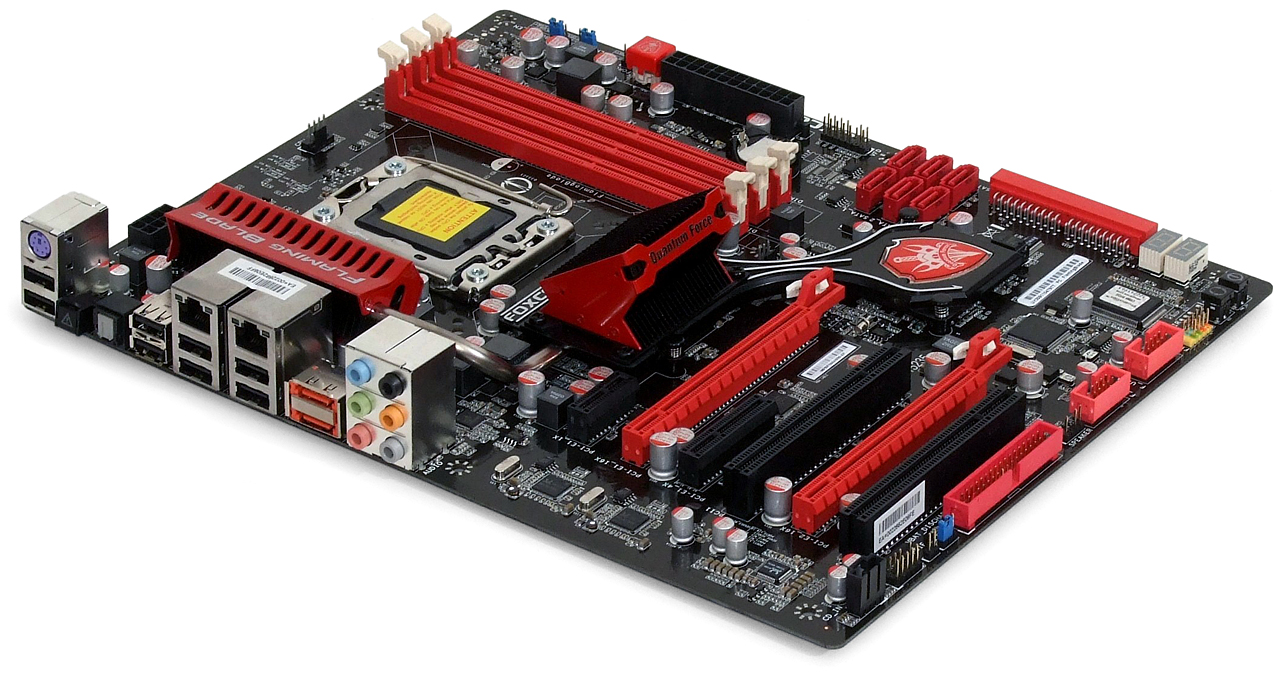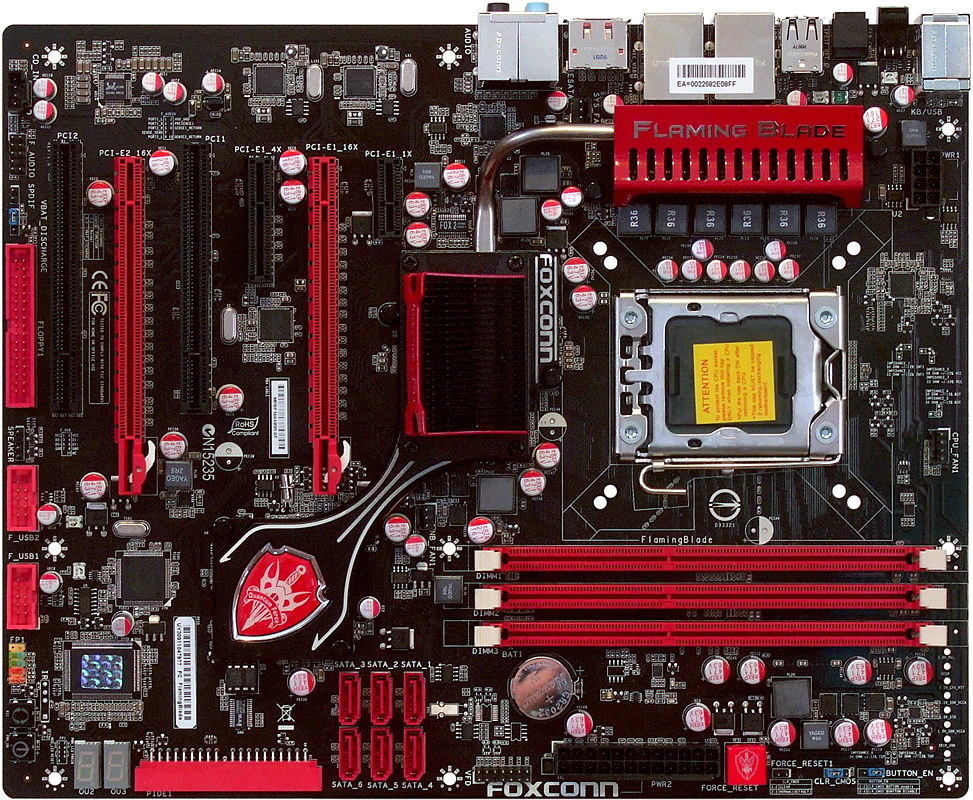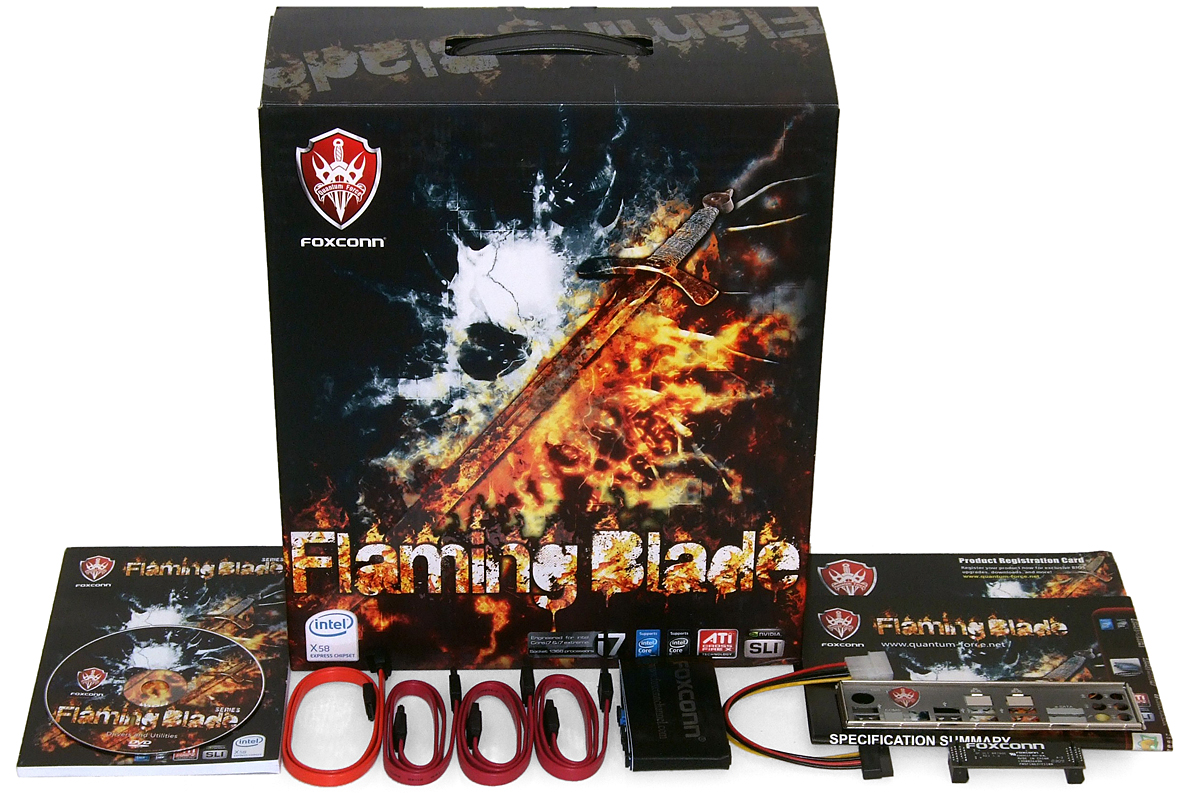X58 On A Budget: Seven Sub-$200 Core i7 Boards
Foxconn FlamingBlade
Labeled with both the condensed “FlamingBlade” and the longer “Flaming Blade” names, Foxconn’s reduced-price overclocking motherboard is also available in two versions, the one shown and a cheaper “FlamingBlade GTI.” Foxconn gave us the option to use either version in today’s comparison, and a recent price increase (from $199 to $210) proves that we might have made the wrong one for this “sub-$200” comparison.
The FlamingBlade is one of three motherboards in the “$200 Core i7” price class to provide dual gigabit networking. The $180 GTI version removes the second network controller, eSATA, and onboard power/reset/CLR_CMOS buttons. The cheaper version also uses electrolytic capacitors rather than the solid polymer versions seen here.
Like the previously-detailed ECS competitor, Foxconn’s FlamingBlade is designed to support exactly two graphics cards with three spaces of separation enhancing airflow to the top card’s cooler. Also like ECS, Foxconn doesn't use an open-ended slot for its x4 interface, which could have otherwise held a third graphics card or x8 RAID card in x4 mode. But unlike ECS, Foxconn includes both Ultra ATA and Floppy interfaces, instead sacrificing IEEE-1394 FireWire to reduce clutter and expense.
One feature we haven’t seen in a while is Foxconn’s use of all outward-facing SATA connectors. This opens the opportunity to use the FlamingBlade in “tight” ATX cases that have a hard drive cage close to the motherboard’s front edge. Foxconn avoids collision between SATA cables and graphics cards by positioning the SATA ports above the top x16 slot’s center line, limiting cards in the x1 slot to a usually-adequate eight-inch maximum length.
Dual mounting holes for LGA 1366 and LGA 775 add to those other features to make the FlamingBlade a potentially better motherboard for upgrading older high-end systems.
Yet something other than FireWire is missing, and that “something” can actually be viewed as three things. The FlamingBlade supports only three memory modules, eliminating the second set of three slots present on most competing models. Simplified memory trace design could result in superior memory speed, and that’s something we look forward to testing on Page 17’s overclocking comparison.
No layout analysis is complete without mentioning potential installation problems, and the FlamingBlade has two: both the front-panel audio and floppy header are located near the motherboard’s bottom-rear corner, potentially making cable management more difficult.
Get Tom's Hardware's best news and in-depth reviews, straight to your inbox.
BIOS
BIOS clock, timing, and voltage ranges can be found on Page 17’s overclocking comparison.
Foxconn's Quantum BIOS spreads CPU features, memory timings, and voltage levels across separate submenus, with major clock controls found on its main page. The OC Gear submenu provides eight registers to save custom BIOS configurations, and the only major feature we found missing is PCI Express clock control.
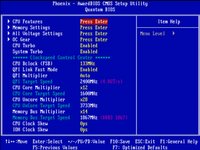
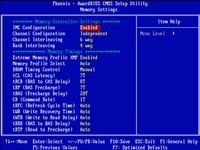
The FlamingBlade includes “automatic” settings for each memory timing, so that users can adjust only those of which they are familiar.
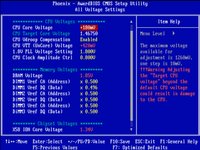
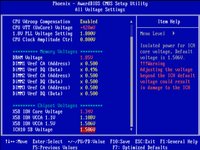
There are no “automatic” settings for voltage levels, but default values listed in the right-hand help box aid overclockers who may have inadvertently changed the wrong item.
Accessories
The FlamingBlade includes one 90° and three straight SATA cables, but no floppy cable. Added documentation makes the installation kit more complete in appearance only.
